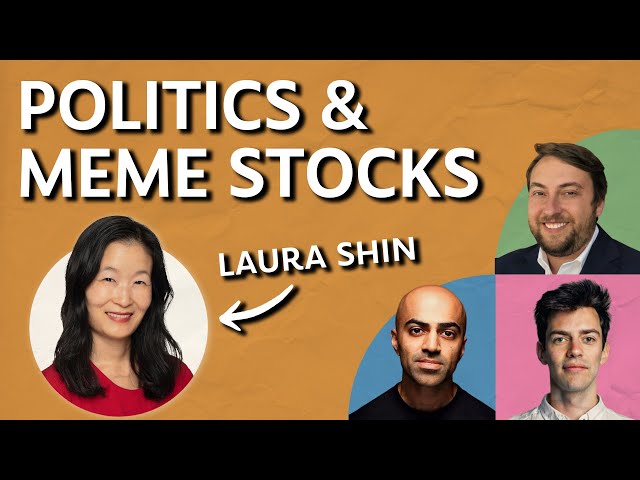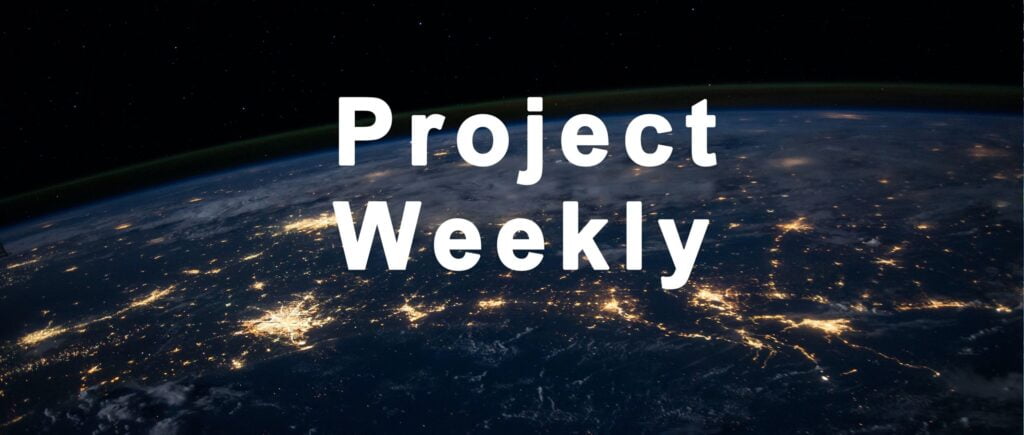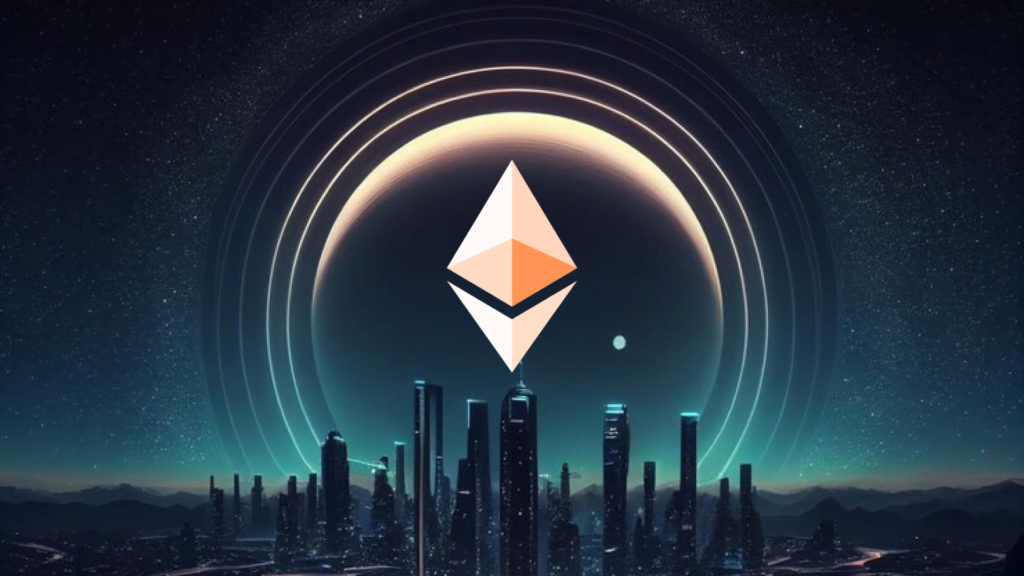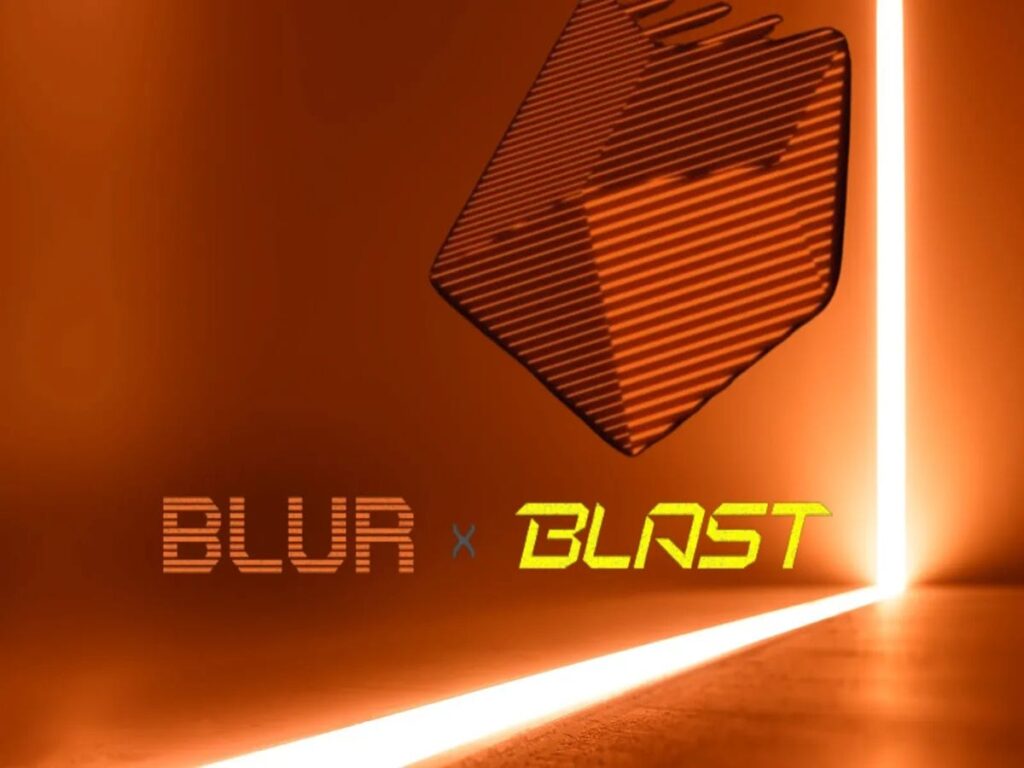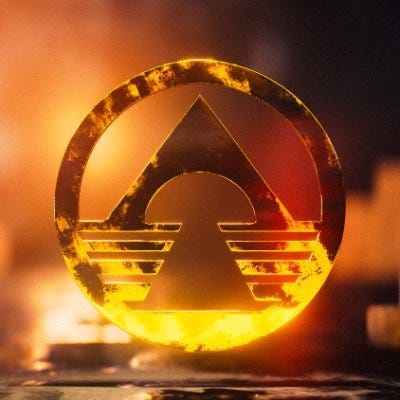Research Summary
The report discusses the potential of dynamic Non-Fungible Tokens (NFTs) that can evolve their appearance, metadata, or state according to immutable rules. It explores various use cases for dynamic NFTs, including in art, gaming, identity representation, and the metaverse. The report also highlights the technical aspects of creating dynamic NFTs and the challenges that need to be addressed.
Key Takeaways
Dynamic NFTs and Their Potential
- Evolution of NFTs: Dynamic NFTs can change over time, influenced by factors such as lunar cycles, on-chain state, off-chain conditions, transfers, and ownership.
- Use Cases: Dynamic NFTs can be used in various fields, including art, gaming, identity representation, and the metaverse, offering new ways of interaction and engagement.
- Brand Engagement: Large brands have experimented with dynamic NFTs to engage with mainstream audiences, connecting the asset with external data or adding utility through ongoing campaigns.
Technical Aspects of Dynamic NFTs
- Tokenizing Protocol Positions: Tokenizing protocol positions into NFTs allows for the tradeability of these positions as assets and the creation of new products and services.
- On-chain Functionality: On-chain functionality allows for the design of games where certain abilities or functions on NFT contracts remain dormant until specific conditions are met, creating dynamic gameplay experiences.
- Middleware and Tooling: Oracles, decentralized cloud functions, and specialized middleware can be used to feed off-chain data to smart contracts, enabling NFTs to respond to real-world events and create dynamic experiences.
Challenges and Future Directions
- Decentralization: Improving the decentralization of solutions for rendering or running generative code is a key area of focus.
- Permissioning and Scope: The management of permissioning and scope of changes for specific NFTs is a challenge that publishers and collectors need to address.
- Generalizability: The generalizability of dynamic NFT infrastructure is being questioned, especially as dynamism varies across different contexts.
Actionable Insights
- Exploring Dynamic NFTs: Stakeholders should explore the potential of dynamic NFTs in various fields, including art, gaming, identity representation, and the metaverse.
- Investigate the Potential of Tokenizing Protocol Positions: The potential of tokenizing protocol positions into NFTs for creating new products and services should be investigated.
- Addressing Challenges: Efforts should be made to address the challenges related to the decentralization of solutions, management of permissioning and scope of changes for specific NFTs, and the generalizability of dynamic NFT infrastructure.



